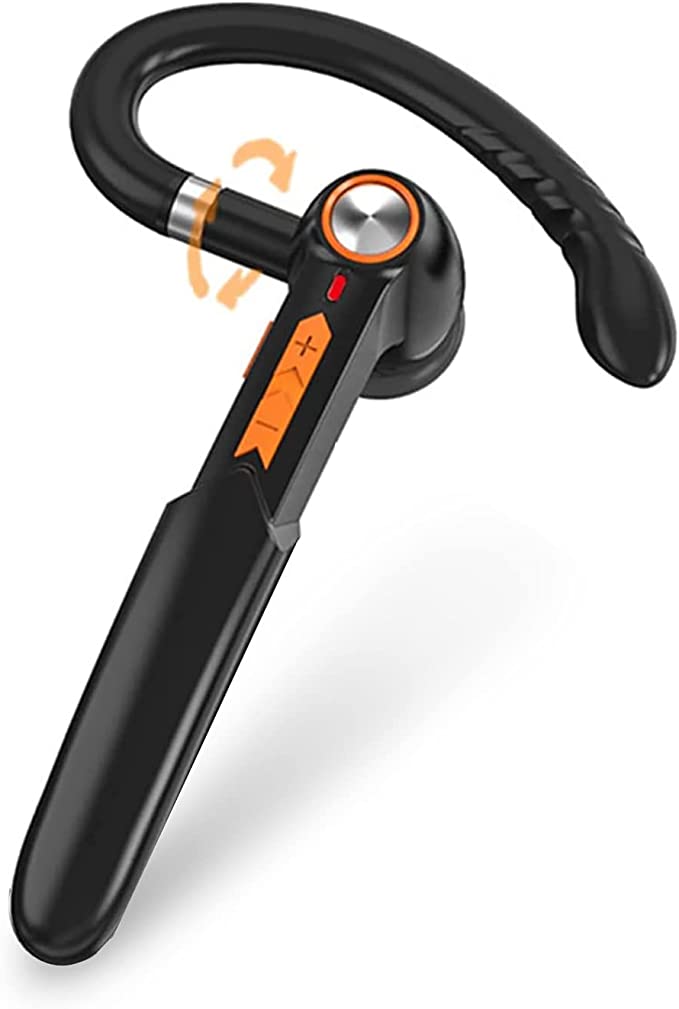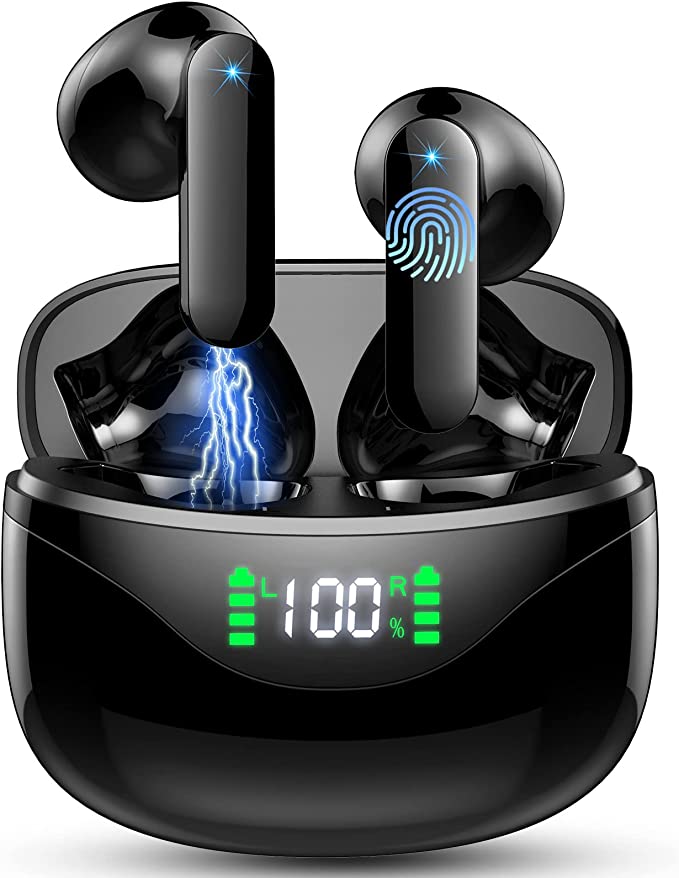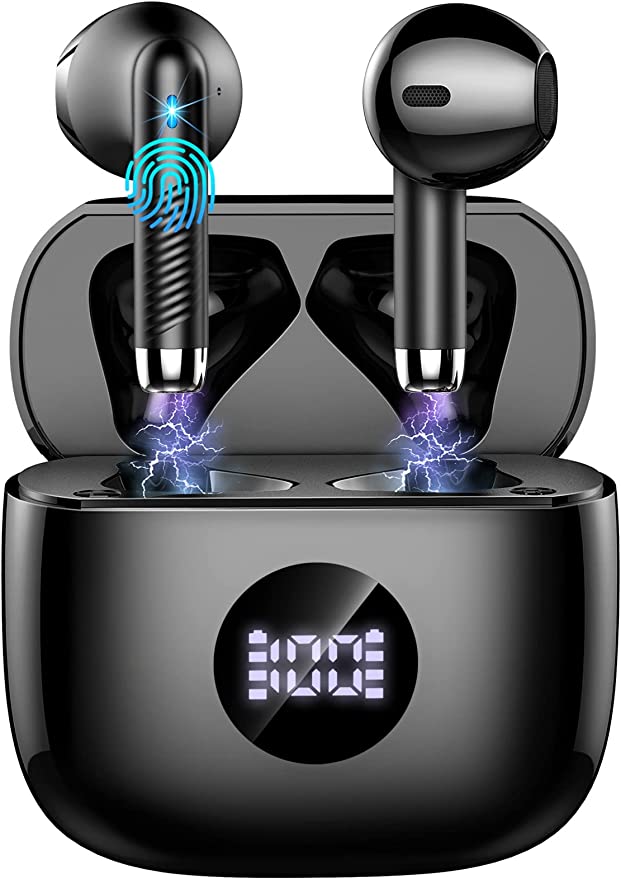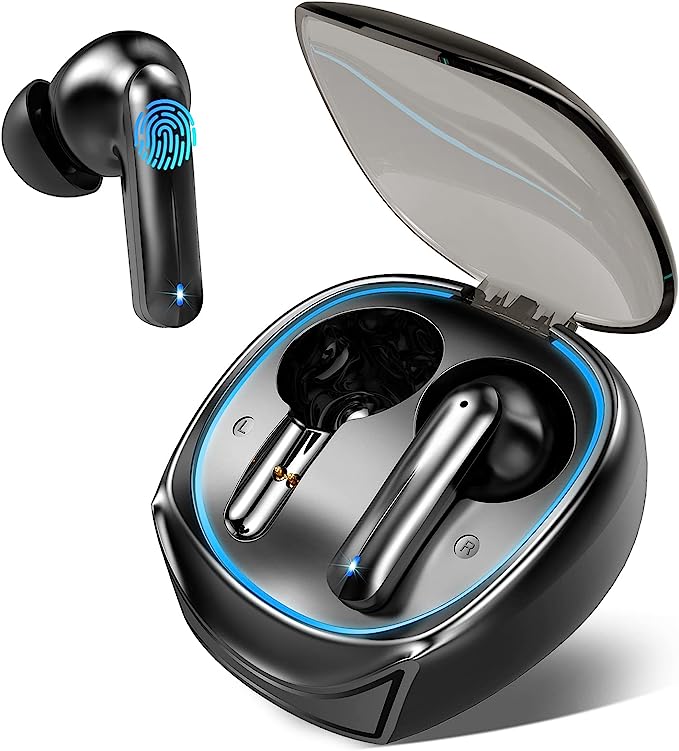Why Do My Earbud Calls Sound Muffled? Decoding "Noise Cancelling Mics" (ENC)
Update on Nov. 15, 2025, 6:39 a.m.
It’s a frustratingly common scenario: you take an important call on your wireless earbuds, and the person on the other end says, “I can barely hear you. You sound like you’re in a tunnel,” or “Are you in a wind storm?”
You can hear them perfectly, but they can’t hear you. This is the single biggest failure point of most modern earbuds. The reason isn’t complicated—it’s physics.
The Core Problem: Mic vs. Mouth
A traditional microphone, like the one on a wired headset, is placed on a boom arm directly in front of your mouth. It captures your voice with maximum clarity and minimal background noise.
In a wireless earbud, the microphone is a tiny hole in a piece of plastic lodged in your ear. It is inches away from your eardrum but several feet away from your mouth. From the microphone’s perspective, your voice is just one of many “background noises” competing with street traffic, office chatter, or wind.
To solve this, engineers developed “noise cancelling microphones.” And this is the single most misunderstood term in the audio market.
Decoding: “Noise Cancelling Mic” is NOT Active Noise Cancellation (ANC)
It is critical to understand this distinction.
- Active Noise Cancellation (ANC) is a feature for you, the listener. It uses microphones to listen to the outside world (like a plane engine) and creates an “anti-noise” signal to silence it for your ears, so your music is more immersive.
- A “Noise Cancelling Mic” (also known as ENC - Environmental Noise Cancellation, or CVC - Clear Voice Capture) is a feature for the person you are calling. It uses microphones to isolate your voice from the outside world, so they can hear you clearly.
This is the technology that separates a simple music earbud from a true communication tool.

How ENC / CVC Technology Actually Works
ENC is not a single feature but a system of hardware and software working together.
- Beamforming Mics: Instead of one mic, ENC systems use two (or more). By precisely angling these mics, the system creates a “beam” or “cone” of sensitivity pointing directly at your mouth. Sounds from outside this cone (like traffic to your side) are given less priority.
- Digital Signal Processing (DSP): This is the “brain.” A dedicated chip actively analyzes all the sounds the mics pick up. It’s programmed to recognize the specific frequencies and patterns of a human voice, locking onto it.
- Subtraction: The DSP then actively filters out or “subtracts” the other noises that don’t match that voice pattern.
The result is that your voice is “extracted” from the noisy environment and sent to your caller, resulting in “clear voice detection” and a professional-sounding call, even from a busy street.

The Case Study: Prioritizing Call Quality in an Affordable Package
This sophisticated microphone technology is no longer exclusive to $200+ premium earbuds. It’s now a primary focus for accessible, value-driven models. A clear example is the HKERR A10 Pro.
This earbud is built around solving the call quality problem. It highlights its “built in Noise Cancellation Mic” as a core feature. This isn’t just marketing text; it’s a statement of engineering priority. The design is intended to deliver “crystal and clear calls,” a claim that is frequently validated by user feedback, where people express surprise at how clearly they are heard, even in noisy environments.
This demonstrates a smart allocation of resources: instead of including a token, ineffective ANC system, the budget was directed toward a high-quality ENC system that solves a more common, everyday problem.
The Supporting Technologies for a Reliable Call
A clear mic is only one part of a good call. A reliable connection is just as important.
- Bluetooth 5.3: A modern, stable connection is non-negotiable. A call that is crystal clear but drops every 30 seconds is useless. The use of Bluetooth 5.3 ensures a strong, stable signal with the added benefit of “low delay,” which keeps the audio in sync during video calls, eliminating that awkward lag.
- Extended Playtime: Earbuds used for work or long-form calls cannot die mid-meeting. A system boasting a 50-hour total playtime with its charging case means it’s reliable for days on end. Some user reports of 9+ hours of continuous listening from a single charge confirm its suitability for all-day use.
- IPX7 Waterproofing: This is a crucial durability feature. The tiny ports for the ENC microphones are vulnerable to moisture. An IPX7 rating signifies that the earbuds are sealed against sweat and rain, protecting the delicate microphone system and ensuring long-term reliability.

Conclusion: How to Buy Earbuds for Calls, Not Just Music
The wireless earbud market is finally maturing beyond just music. If you use your earbuds as an all-day communication device, you need to shop differently.
Stop looking for “ANC” and start looking for a “Noise Cancelling Mic,” “ENC,” or “CVC.” Look for a stable Bluetooth 5.3 connection, a long continuous-use battery life, and a waterproof rating to protect your investment.
Finding a model that combines all these elements, as seen in the HKERR A10 Pro, shows that you no longer have to spend a fortune to get a device that excels at the one thing you can’t compromise on: a clear, reliable conversation.












































